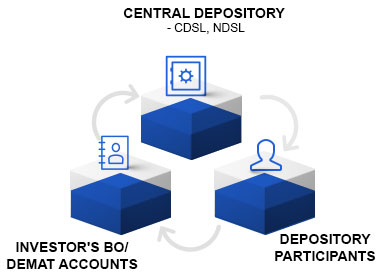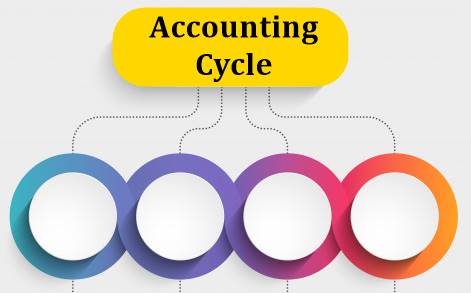Accounting Policies
What are Accounting Policies?
Accounting policies are the specific procedures and principles that the management team of a company implement to prepare financial statements. They generally comprise measurement systems, accounting methods, and procedures to present disclosures.

Moreover, these policies may differ based on principles that a company uses to adhere to rules and regulations.
Features of Accounting Policies
The importance of accounting policies can be figured out from the fact that they are a set of standards that regulate the way a company comes up with a financial statement. These accounting policies are used to deal with complicated practices like consolidation of financial accounts, inventory valuation, the formation of research and development costs, goodwill recognition, and Depreciation methods.
Generally, the selection of accounting policies differs from a company to company. These principles can also be regarded as frameworks wherein a company operates. But this framework is mostly flexible, and the management team of a company can choose individual policies that are beneficial for reporting the finances to the company.
Having a glimpse into the accounting policies of a company can help to figure out whether the management is aggressive or conservative while reporting the revenue. This should be considered by investors while assessing reviewing Earnings reports to find out the quality of Income.
Talk to our investment specialist
Accounting Policies Example
By now, it must be clear that accounting policies can be significantly used to manipulate the revenue legally. For instance, companies are permitted to value inventory with average cost accounting methods.
Under this method, whenever a firm sells a product, the weighted average cost of the inventory acquired or produced in a specific accounting period is taken into consideration to evaluate the cost of goods sold.
Likewise, other accounting methods can be used as well, such as Last In first out (LIFO) and first in first out (FIFO). Under the former approach, whenever a product is sold, the cost of the inventory that was manufactured last is regarded as sold. And, under the latter method, whenever a company sells a product, the value of the stock acquired or produced first is considered as sold.
Let’s take an example here - Suppose a Manufacturing company purchases inventory at Rs. 700 per unit for the first half of a month and Rs. 900 for the second half of the same month. The company buys a total of 10 units at Rs. 700 each and 10 units at Rs. 900 each but sells only 15 units in the entire month.
Now, if LIFO method is applied, the cost of sold goods will be:
(10 x 900) + (5 x 700) = Rs. 12500.
However, if it uses the FIFO method, the cost of sold goods will be:
(10 x 700) + (5x 900) =
Rs. 11500.
All efforts have been made to ensure the information provided here is accurate. However, no guarantees are made regarding correctness of data. Please verify with scheme information document before making any investment.












